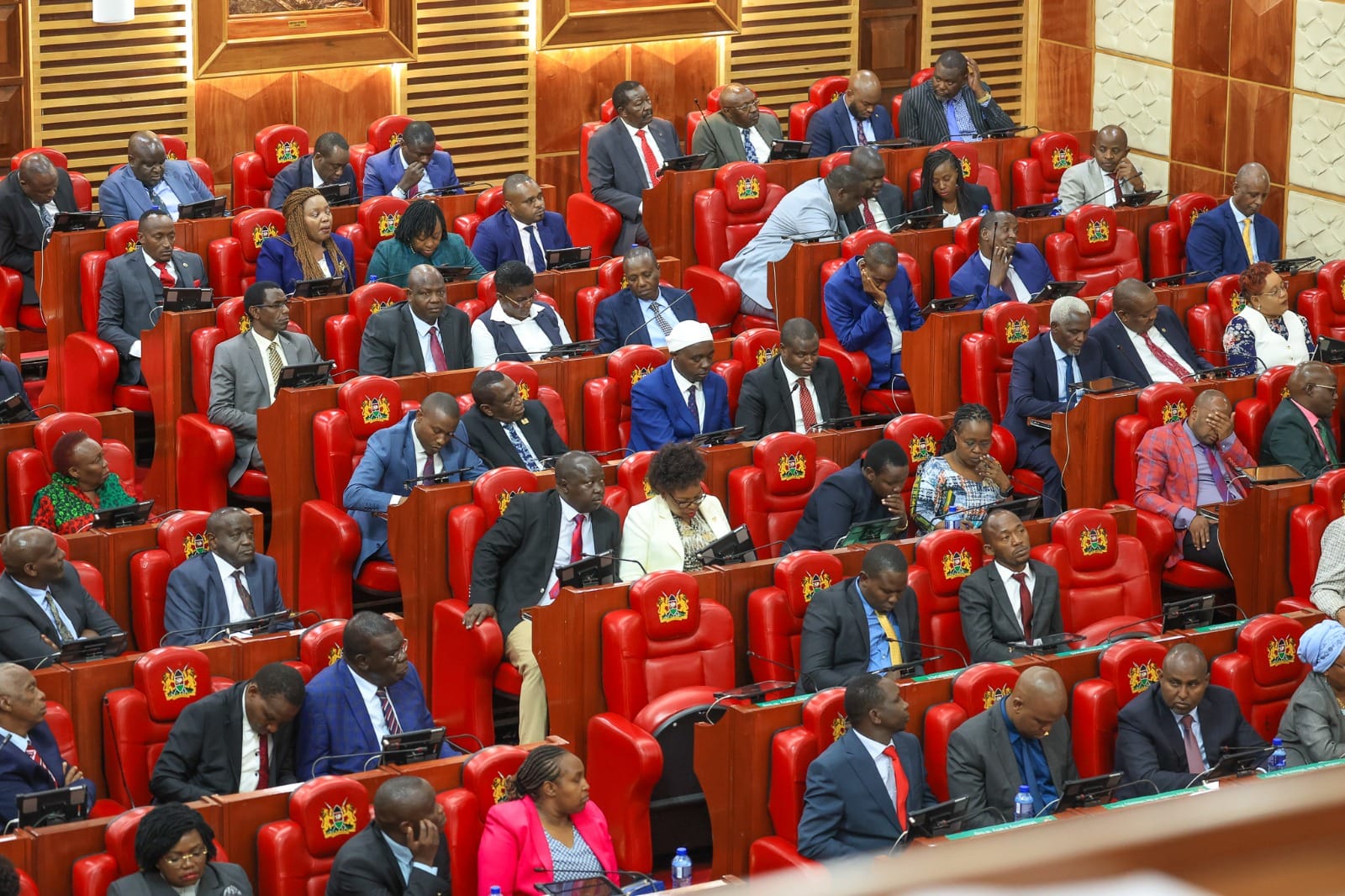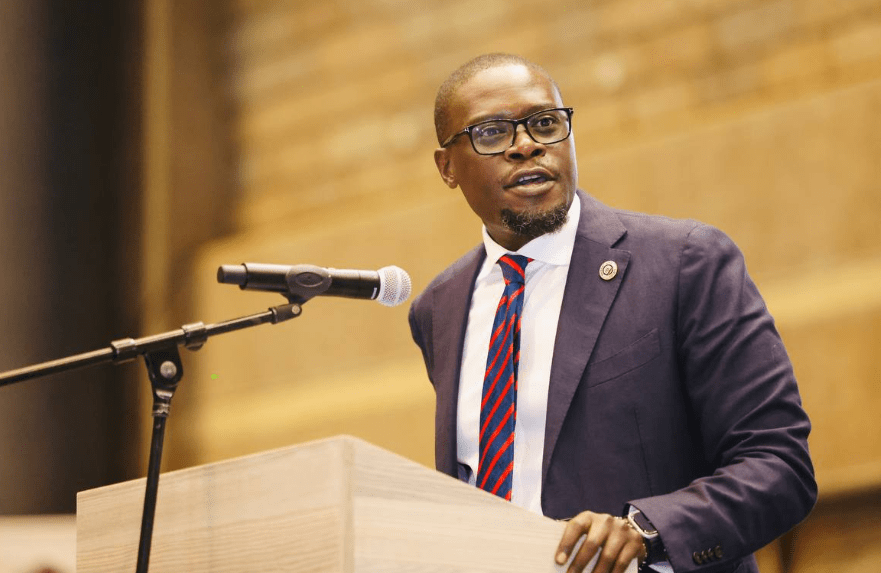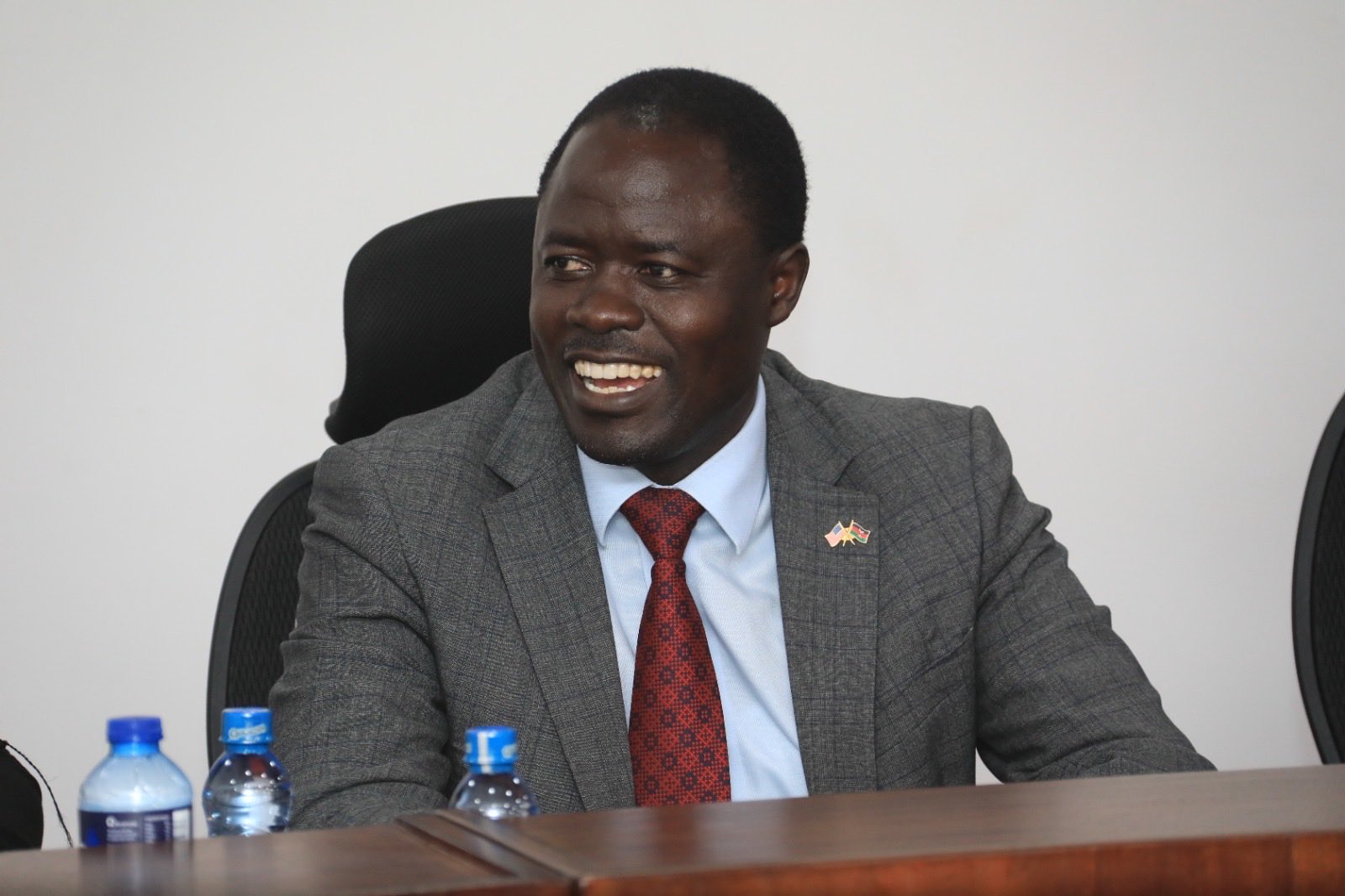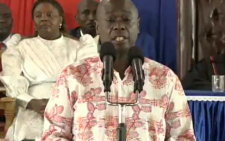Printing, travel, rent, insurance top State budget expenditure

Travel, insurance costs, printing, advertising and rent consumed a huge chunk of the national government budget, a new report shows.
The first quarterly National Govern[1]ment Budget Implementation Review Report (NGBIRR) for FY 2024/25 covering July to September 2024 report released by the Controller of Budget (COB) Margret Nyakang’o shows travel expenditure amounted to Sh3.58 billion, comprising domestic travel at Sh2.49 billion and foreign travel at Sh1.10 billion, insurance costs Sh1.46 billion, rent and rates on non-residential buildings Sh1.69 billion, specialized materials and supplies Sh2.21 billion, and hospitality Sh590.13 million.
Reads the report: “Some budget items under this category include travelling, printing and advertising, renting for pro[1]duced assets, training, hospitality, insurance, maintenance expenses for motor vehicles and other assets, utility supplies and services, and fuel and lubricants.” Also included among the highest expenditure within the same period includes compensation to employees (salaries for permanent employees, basic wages for temporary employees, personal allowances paid), Operations and Main[1]tenance (O&M), and Current Transfer to SAGAs. The report says that the e-allocations
for Salaries and Allowances and Miscellaneous Services (SAM) amounted to Sh4.21 billion, compared to Sh4.09 billion allocated in Financial Year 2023/2024.
The growth is attributed to an increase of Sh122.64 million in budgetary al[1]location for SAM under various offices, including the Salaries and Remuneration Commission (SRC), Teachers Service Commission (TSC), and Independent Electoral and Boundaries Commission (IEBC). With regards to the overdraft facility available for the government, the report shows that the government paid Sh1.92 billion as interest rate on the overdraft facility it procured between July and September.
The interest rate in the month of July was Sh758 million, in August it was Sh596.3 million while in September it was Sh569.8 million. The overdraft facility is a temporary source of funds mainly used to fund the deficit in payments of domestic debt instruments such as matured Treasury Bills.
Audited revenues Government overdraft, which is administered through the Central Bank of Kenya (CBK), is restricted to a maximum of five per cent of the most recent audited revenues and is expected to be paid of by the end of the financial year as speci[1]fied in Section 15 (3) of the PFM Act
Reads the report: “The overdraft limit for FY 2024/2025 is Sh97.05 billion, at[1]tracting an interest rate of 13 per cent per annum on the amount outstanding at the end of each month. In the first three months of FY 2024/2025, the total charge on the overdraft facility was Sh1.92 bil[1]lion. On guaranteed debt, the report shows that as at as of September 30, the guaranteed debt stock stood at Sh106.06 billion, compared to Sh100.17 billion as of June 30.
Entities guaranteed include Kenya Airways Sh29 billion, Kengen – Sh30.11 billion, Kenya Ports Authority (KPA) – Sh46.3 billion Reads the report: “In FY 2024/25, there was no allocation towards payment for guaranteed debt both in the printed es[1]timates and Supplementary Estimates.
During the period under review, there was no payment on guaranteed loans.” External lenders On public debt which stood at Sh10.79 trillion, comprising of Sh5.19 trillion due to external lenders (48 per cent) and Sh5.60 trillion due to domestic lenders (52 per cent), the report says that the allocation towards servicing the public debt in the Financial Year 2024/2025 amounted to Sh1.91 trillion, revised to Sh1.91 trillion in Supplementary Budget I, representing 89 per cent The total expenditure on Public debt during the first three months amounted to Sh325.52 billion, representing 17 per cent of the annual estimates, compared to Sh345.43 billion (20 per cent) recorded in a similar period FY 2023/2024.
Reads the report: “The public debt stock increased by 2 per cent from Sh10.58 trillion as of June 30 to Sh10.79 trillion as of September 30. External debt increased by 0.3 per cent, while domestic debt recorded 4 per cent growth attributable to more borrowing in the domestic market.” External debt servicing amounted to Sh165.60 billion, consisting of Sh93.33 billion for principal payments, Sh71.70 billion for interest payments and Sh571.11 million for other charges.
Other charges comprised of Sh337.88 million, Sh68,943, and Sh233.16 million as commitment fees, penalties paid and other charges. On pending bills, the report says that as of September 30, the bills stood at Sh528.36 billion, compared to Sh516.27 billion reported on June 30, 2023 and Sh794.18 billion reported on September 30, 2023, respectively.
This comprised Sh410.69 billion (78 per cent) for State Corporations/State Owned Enterprises and Semi-Autonomous Government Agencies compared to Sh117.67 billion (22 per cent) for MDAs.
The report however says that during the said period, pending bills declined by Sh20.87 billion, namely, Sh15.06 billion and Sh5.92 billion for recurrent and development expenditure, respectively. Ineligible pending bills declared in the period under review amounted to Sh32.6 million, specifically under the Ethics and Anti-corruption Commission (EACC). The State Corporations’ pending bills include payments due to contractors/projects, suppliers, unremitted statutory and other deductions, and pension arrears for Local Authorities Pension Trust.










